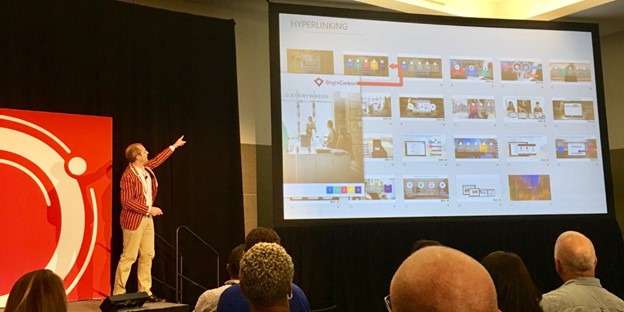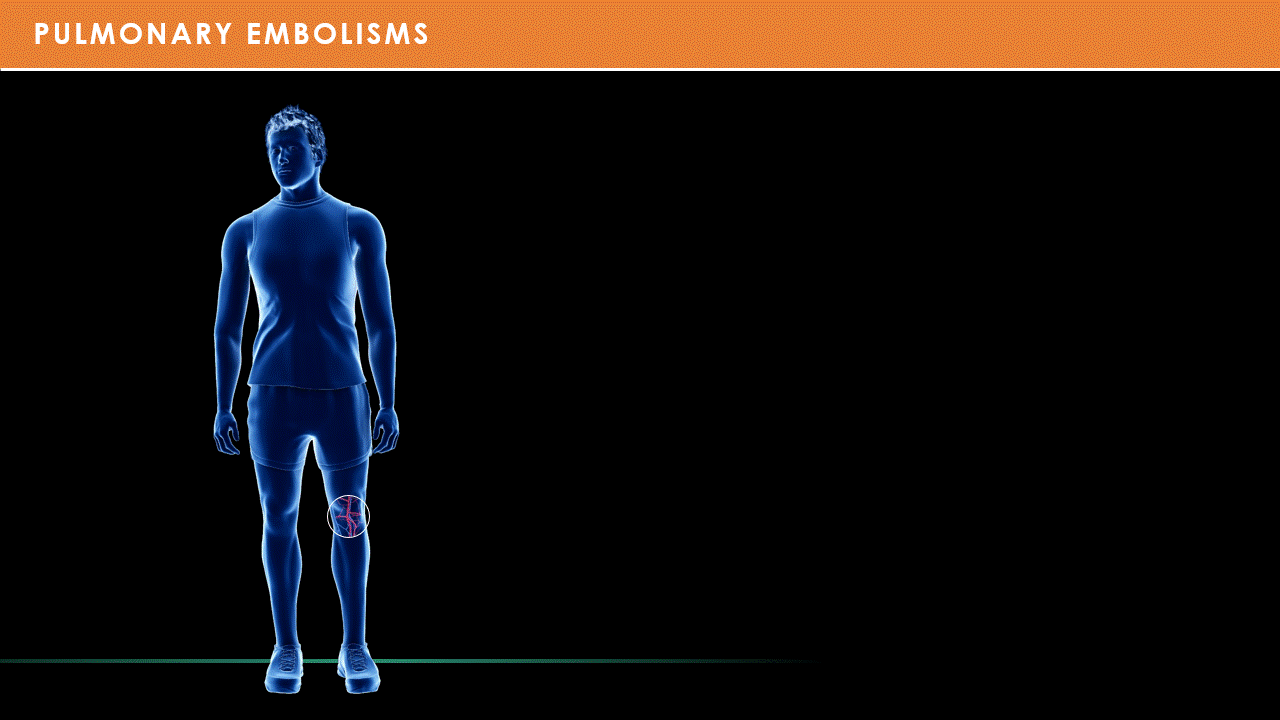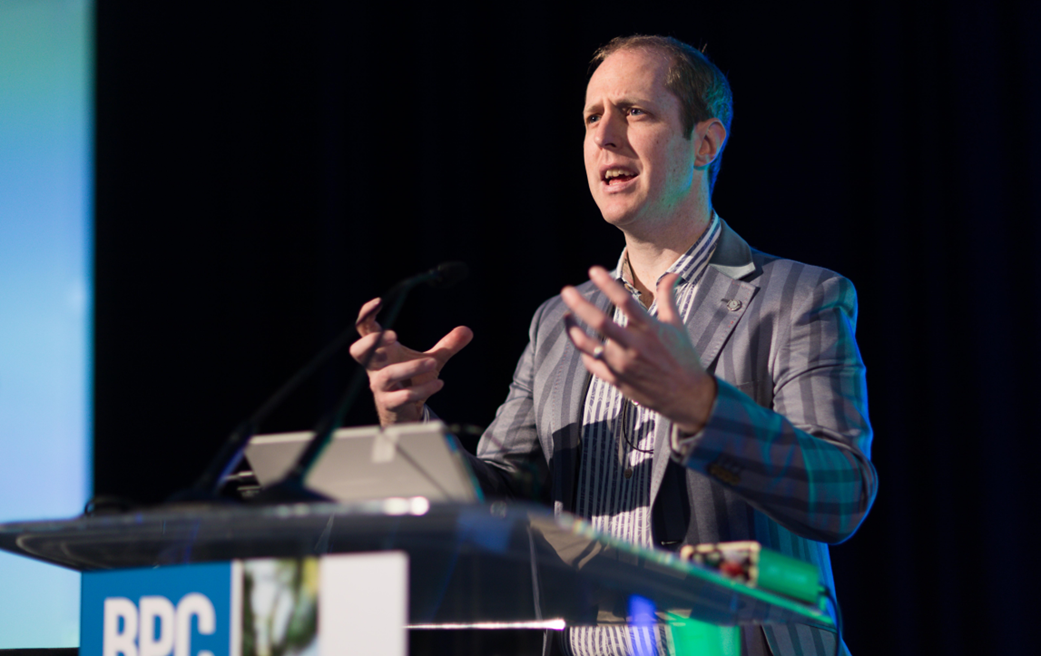How does one go from a focus on biomedical sciences to a career in presentation and design? Richard Goring, Microsoft 365 Apps and Services MVP and Director at BrightCarbon, is here to share his journey with us.
“I started off in school thinking that I wanted to focus on Engineering because both my parents were engineers. It just seemed the natural thing to do. But I discovered a love of biology and physiological sciences and thought it was intriguing how living things worked and the elegance of all the individual elements coming together to make something fantastically complicated.”
After finishing university, the obvious path was going into medicine or pharmaceuticals. First, he wanted to see what else might be out there and stumbled upon a work experience placement for a presentation design agency that changed the trajectory of his career. He realized that working with organizations and helping them create presentations that communicate effectively is truly his passion. He’s never stopped designing since.
So where did your journey with PowerPoint start?
I started professionally with PowerPoint nearly 20 years ago. Twelve years ago, a group of us founded an agency, BrightCarbon, to help create more compelling visual stories using standard tools like PowerPoint. The kind of things that people have to use every day to communicate complex, difficult, technical ideas. But PowerPoint allows you to do it in an elegant and easy to understand way. It creates visuals and helps you tell a story easily.

At BrightCarbon, we work with organizations to create stories and help people understand complex ideas. What we’ve found over the last 20 years is that PowerPoint has advanced quite dramatically. It’s gone from some fairly basic graphic capabilities to quite complex animations that allow you to clearly and elegantly show even the most complex stories. It facilitates having more of a useful conversation with people, which I think is fascinating.
With the pandemic and people working from home, they’ve had to adjust their behaviors and the way they interact with technology. They’ve learned new things about PowerPoint and started to discover more of the really cool things that it has to offer.
How does the Office Insider program enter into your work and design?
Well, sometimes it’s through better discoverability. For example, in-app release notes that tell you about new features, like, “Hey, do you want to try this?” Or getting to try the absolute newest features as soon as they come out. I remember fondly trying out Morph for the first time when it was in the Insider channels. It is a fabulous way to create a smooth seamless sequence. Morph is great, but what about when you do layer upon layer of morph and you create a zoom lens effect, as if you have two images on top of each other. I’ve created an interesting little illustration of the vascular system to educate people about pulmonary embolisms with this technology and people don’t even realize it’s PowerPoint when they see it.

Getting to see these new features first opens people’s minds to saying, “I can do so much more with this tool that I’ve already had and I’m really familiar with.”
I also attend and speak at many conferences, webinars, and training sessions about using PowerPoint each year. I love being able to show off these new features and use cases in front of an audience, especially people who haven’t had the chance to try these features themselves. The delight you see in their faces or read in the chat when you show them something really cool like, “Mind blown! Wow, that’s fabulous” is very rewarding as speaker.
What’s one word that describes how you work?

Precise. Precision is very important to me. It’s also important to our clients. The organizations we work with care greatly about how visual representation works, how relevant levels of details are shared with their audience, and how accurately and effectively we tell their story.
So, given your background in the creative space, what forms of art or hobbies inspire you most?
Largely I like to look at what other people are doing. That inspires and delights me. Since I work for a large design agency and there are 150 of us working remotely. We get together once a week and share cool things. It’s so cool to be a part of a group collaborating…you know… “What about this? What about that? Here’s a cool thing I’ve made. How would you solve this problem?”. I would encourage anyone who’s looking to be able to improve their communication skills, their presentation skills, to find a community to practice this in. If you’re looking specifically for presentations, I highly recommend that you check out Presentation Guild.
I am a lifelong learner. I really enjoy books and podcasts from scientists and economists, people like Hannah Fry, Adam Rutherford, Tim Harford. They’re great communicators and are able to explain complex and technical subjects to anyone. I think you can learn a lot from the way they structure their information and their stories, and what detail they put in and what detail they leave out.
Last question, Richard, is there a fictional character that inspires you?
How about Neo from The Matrix? I love to shoehorn movie references into everything. The Matrix is not only a really good movie, but Neo is fabulous at dodging bullets. That’s the kind of thing we help people do in PowerPoint – getting away from bullet points and text, and using visuals instead. We even created an animated sequence of The Matrix in our own BrightCarbon brand style, to show that sometimes presentations can have a playful side too.

